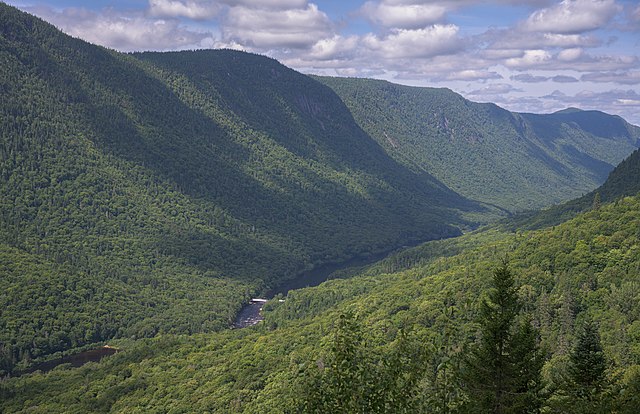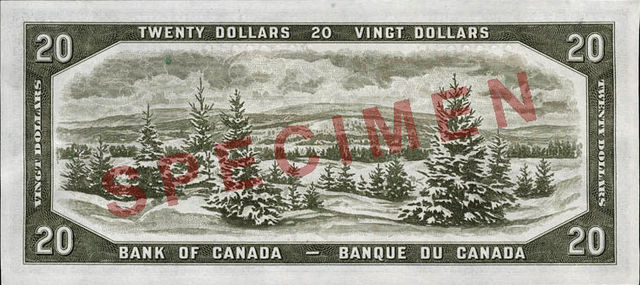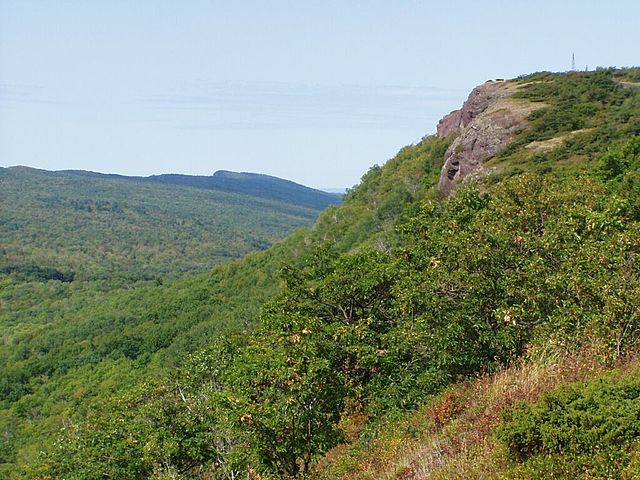The Laurentian Mountains, also known as the Laurentians or Laurentides, are a mountain range in Canada. The range is 1,448 km long and ranges in height from 500 m with peaks over 1,000 m. The Laurentian Mountains extend across Labrador and Quebec within the Laurentian Upland, which contains foothills in northeastern Ontario. The range is located near the rivers of Ottawa, St. Lawrence, and Saguenay. The Laurentian Mountains primarily stretch across multiple regions in Quebec, with geologic formations such as the Jacques-Cartier Massif located within the range.
Jacques-Cartier Massif, as seen from Jacques-Cartier National Park
View of the range from Grands-Jardins National Park
Laurentian Mountains, Route 138, Quebec, Canada
Female moose at Jacques-Cartier National Park
The Laurentian Upland is a physiographic region which, when referred to as the "Laurentian Region" or the Grenville geological province, is recognized by Natural Resources Canada as one of five provinces of the larger Canadian Shield physiographic division. The United States Geological Survey recognizes the Laurentian Upland as the larger general upland area of the Canadian Shield.
A scene of the Laurentians based on a photograph from the Provincial Publicity Bureau of Quebec engraved by William Ford was on the $20 banknote of the 1954 Series.
Brockway Mountains of the Keweenaw Peninsula, Michigan (Precambrian of the Keweenian Series)






